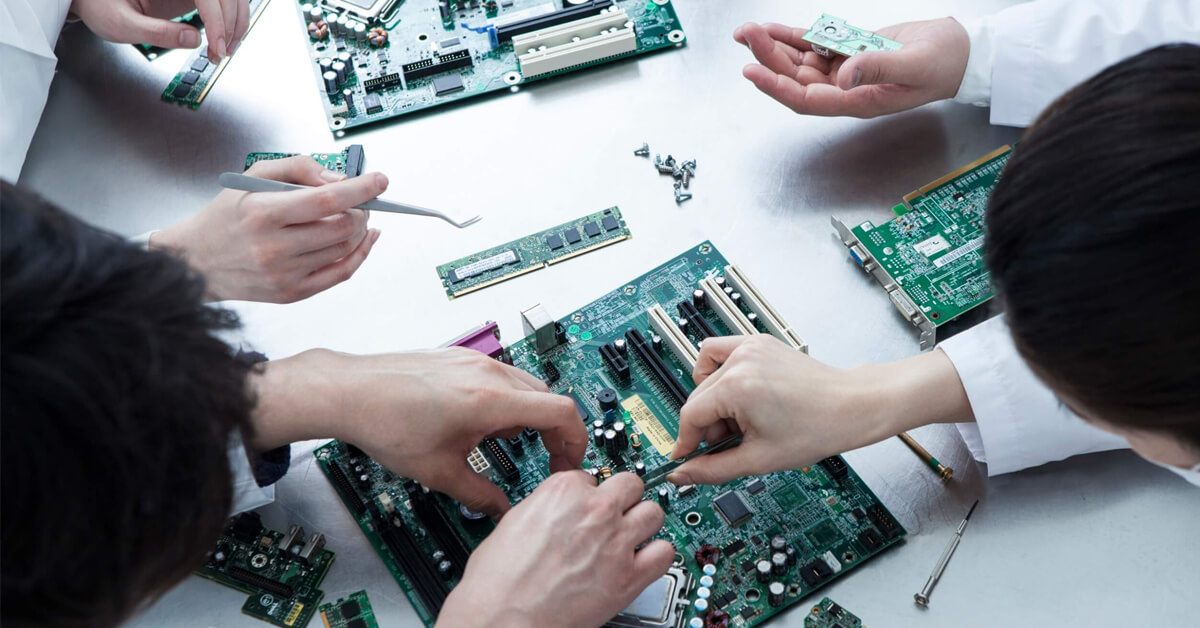
The first article inspection process is a critically important step in the manufacturing process of your PCBA. When your PCBA assembler sets up your design and the assembly process required to produce units to your defined specifications, the first boards are generally considered as “first article” production.
“First articles” are not prototypes or PCBA pre-production samples, as these generally utilize a different manufacturing process or equipment. First article PCBAs are not necessarily the very first units coming off a PCB assembly line, either. They can involve inspecting a random sample of the first assembly production run. Inspection at this early stage demonstrates whether production engineers or technicians have understood and considered your requirements into their standard manufacturing processes.
Two important purposes are served by the first article inspection process. The first is for inspection and validation that all documented requirements are met. The second is to establish the manufacturing Plan of Record (POR) for ongoing production. Once the POR is established, it must be replicated on an ongoing basis to ensure all future production meets documented requirements. In this way, you can be assured that each board is built according to the same process and will function the same.
Not only is the first article build process important for a new or first-time design, but also whenever there is a revision to the design.
Inspection of a first article PCBA should be a very thorough process involving validation of 100% of all documented requirements to ensure they are within specification. This should include validation of:
- Measured Attributes– dimensions, voltages, resistance, or any other measurable attributes should be measured, recorded and verified against the covering design specification.
- Manufacturing Issues – any difficulties, problems, or concerns during the PCBA process should be examined for changes and corrections.
- Source Validation – all parts and materials used in the PCBA should be verified to match their specifications.
- Documentation Verification – to identify and clarify any documentation confusion.
These steps will identify potential problems during the first article build before on-going PCBA production. Corrective actions for any problems can then be implemented prior to full production begin.
Adjustments may be necessary to solder process profiles, sequence of assembly steps, tools, or consumable materials, and build or test documentation. If the source of a problem results from the product design itself, then it may be necessary for the customer to consider a design change request to implement a root cause and corrective action.
As design schedules tend to be compressed, getting a new PCBA designed, tested and ready for market is often rushed, which can lead to errors. Implementing or taking advantage of a contract manufacturer which appreciates and values a first article approval process to identify and correct potential problems as early as possible can be very beneficial. At Optima Technology Associates, Inc. we have over 25 years of experience assembling boards and inspecting first articles to help you meet your quality standards and expectations. Some highlights of the first article inspection process at Optima are as follows:
OTA Quality System Procedure
- Overseen by the Head of Quality Assurance
- First Article Inspection is conducted for:new products, new processes, a change in process specification, a new or change of source, a change in tooling, a change in supplier manufacturing process, or a first piece of regular representation
- The piece is inspected for the specified parameters, date & time of inspection is noted
- If all requirements of product have been as per defined condition, it is released to serial production
- If not, the process is corrected for the defined condition and then verified for the desired outcome. The incident is recorded in the FAI report
Contact us today to learn more about working together on your next project.


